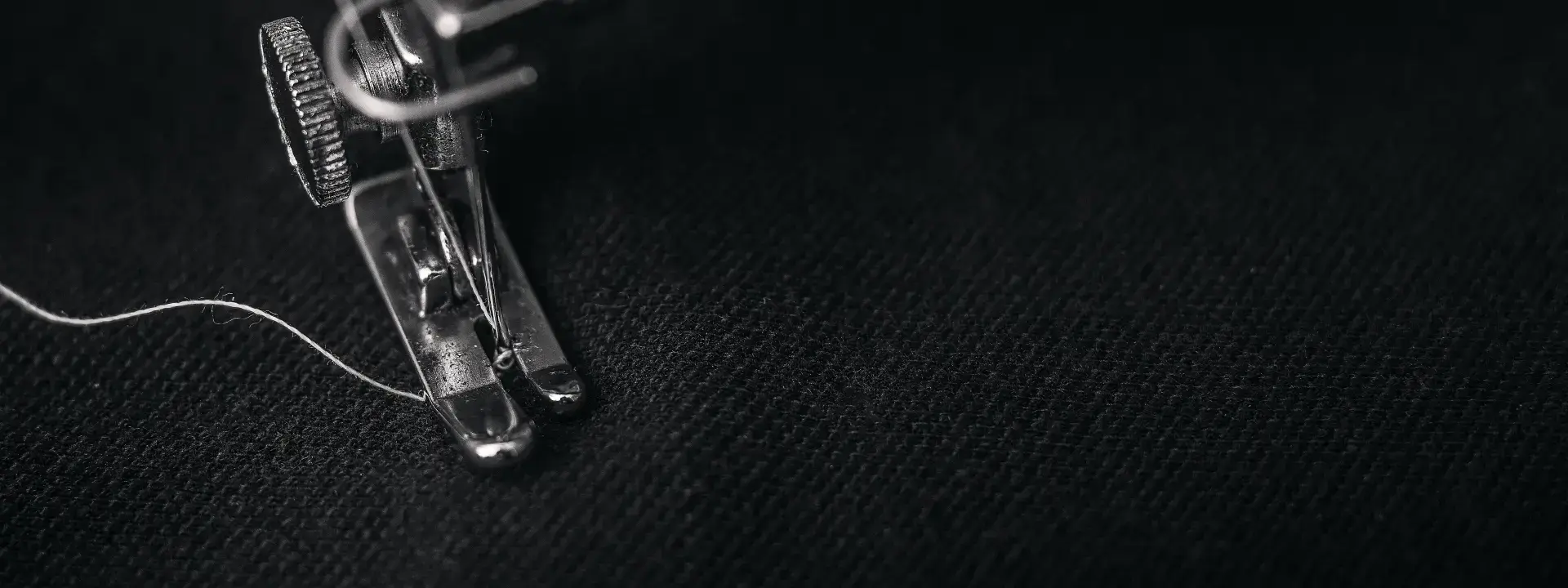
Pattern Cutter Job Description
What is a Pattern Cutter Professional?
A pattern cutter is a professional who uses their specialized skills to create patterns for clothing. This may be done by hand or using computer software. Once the patterns are created, they must be cut out of fabric so that they can be used to create the final garment. The role of a pattern cutter is vital in the fashion industry as they are responsible for creating the templates that will be used to construct garments. Without pattern cutters, designers would not be able to bring their visions to life. As well as being skilled inPattern cutting often involves an understanding of toile creation too; a toile is a mock-up version of a garment made from cheaper fabric which allows the designer and pattern cutter to test the fit before cutting into more expensive fabrics. Toiles also help with any design amendments that need to be made before moving onto creating the final garment.
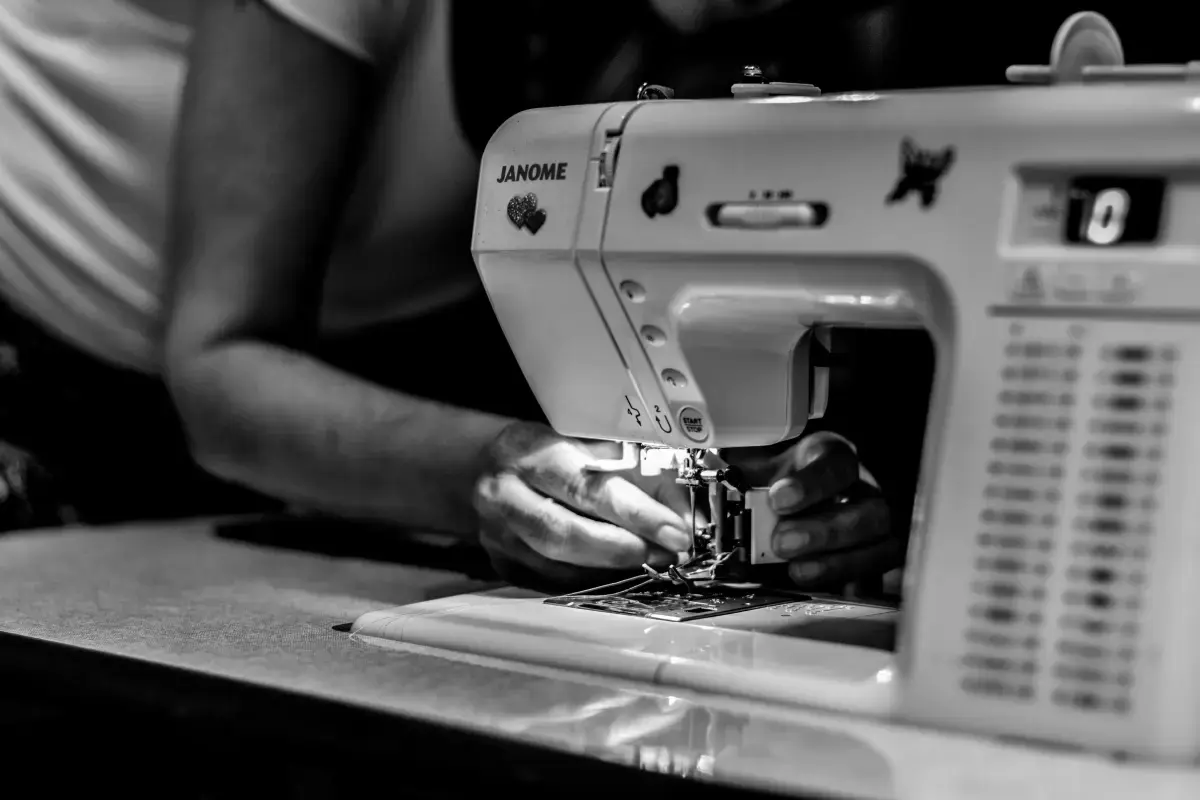
What does a Pattern Cutter Expert do?
Skills required for Pattern Cutting: Knowledge of different types of fabrics and how they behave when cut and sewn into garments, good understandings of sewing construction methods, strong technical drawing skills, accuracy and precision when measuring and drafting patterns.
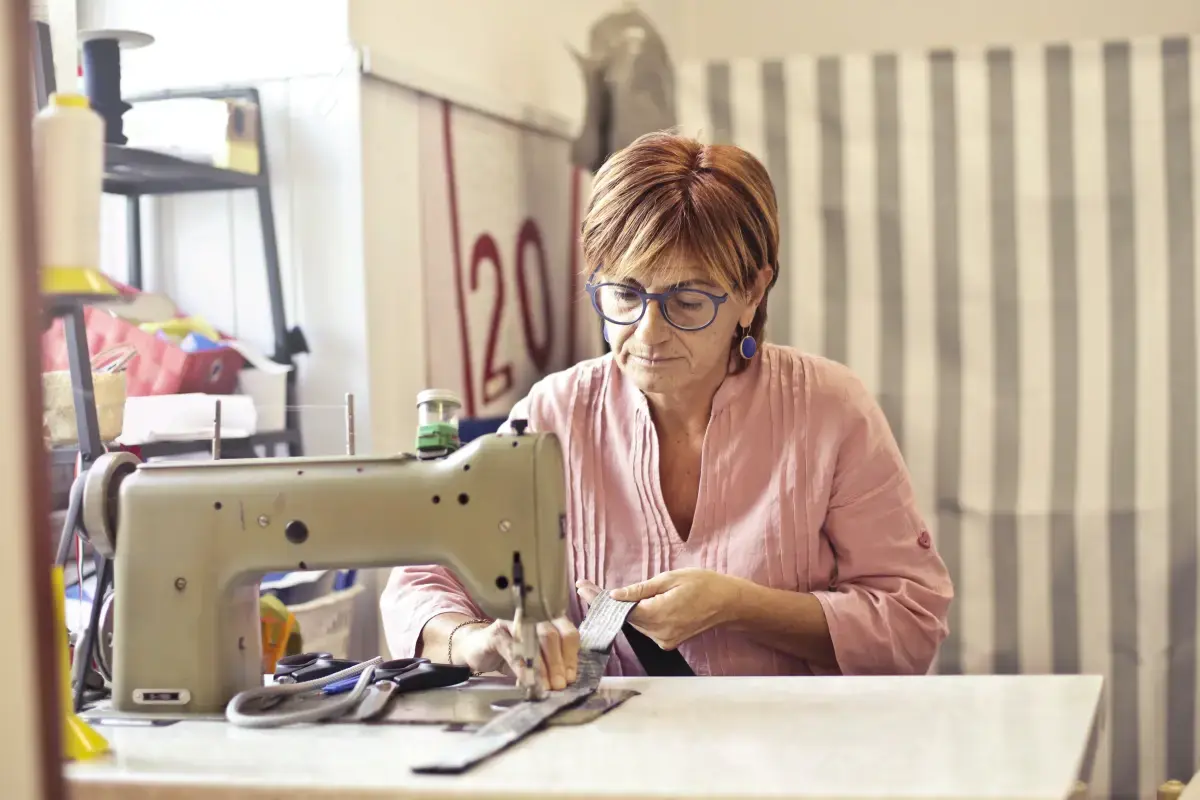
What are the Skills of a Pattern Cutter?
A pattern cutter needs a range of skills and experience in order to be successful. They need to be able to understand the design process, from initial sketches through to final garment construction. They must be able to interpret these designs and turn them into patterns that can be used to create the garments. They must have a good eye for detail and proportion, as well as an understanding of how different fabrics behave when cut and sewn.
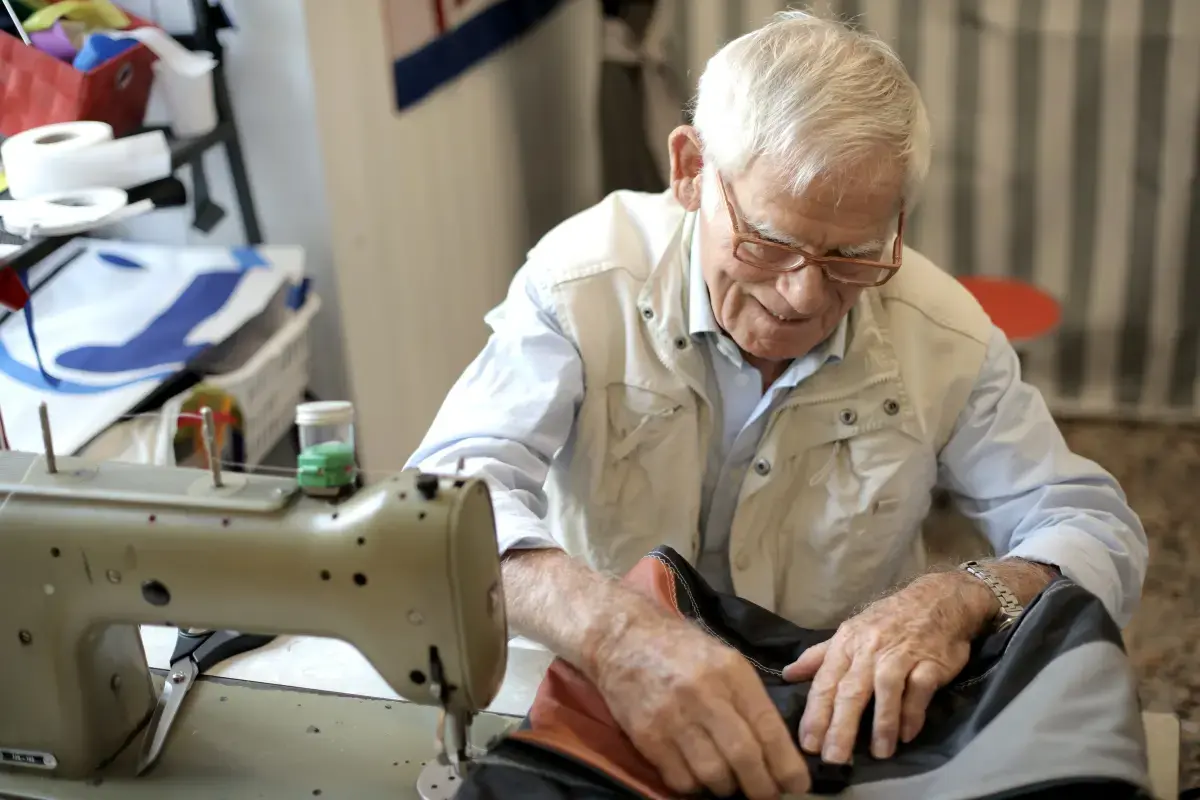
What makes an Expert Pattern Cutter?
They should also have a good knowledge of garment construction, so that they can create patterns that will result in a well-made finished product. In addition to these technical skills, pattern cutters also need to be able to work well under pressure, often within tight deadlines. They should be able to think creatively and problem solve when faced with challenges. Good communication skills are also essential, as they will need to collaborate with other members of the design team on a regular basis.
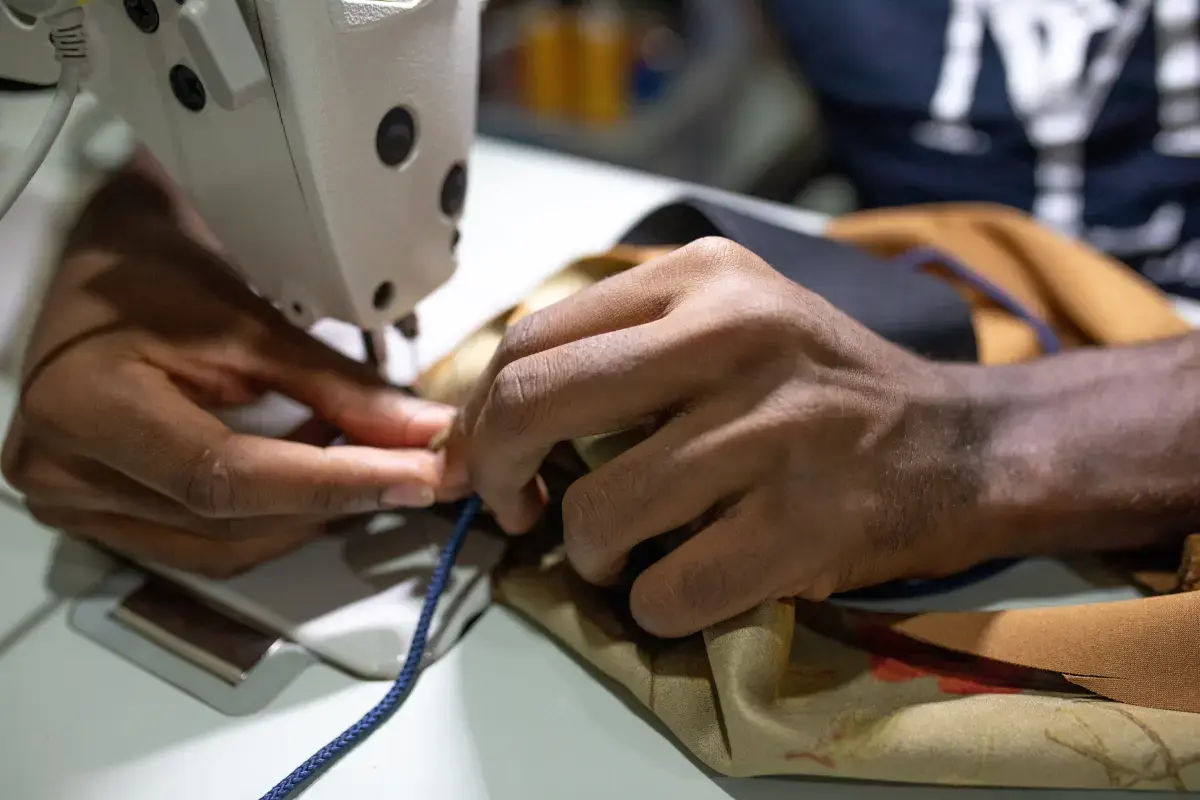
What level of Experience & Qualifications are required to be a Pattern Cutter?
Industry Experience: 1. At least 5 years of experience in the fashion industry, preferably in pattern cutting. 2. Knowledge of garment construction and fit techniques. 3. Ability to interpret design sketches and create patterns from them. 4. Understanding of fabric types and their properties, as well as how they affect the fit of a garment when cut into a pattern piece. 5. Familiarity with different types of machines used for pattern cutting (e.g., industrial plotters). 6. Proficiency in using CAD software for creating patterns digitally (e.g., Adobe Illustrator or Gerber Accumark). Training: 1. Completion of an apprenticeship program or other formal training program related to pattern cutting/garment construction is highly recommended but not required depending on the employer’s requirements and preferences Qualifications: 1. A degree or diploma in fashion design, tailoring, or related field is preferred but not required depending on the employer’s requirements and preferences Education: 1 .A high school diploma or equivalent is typically required
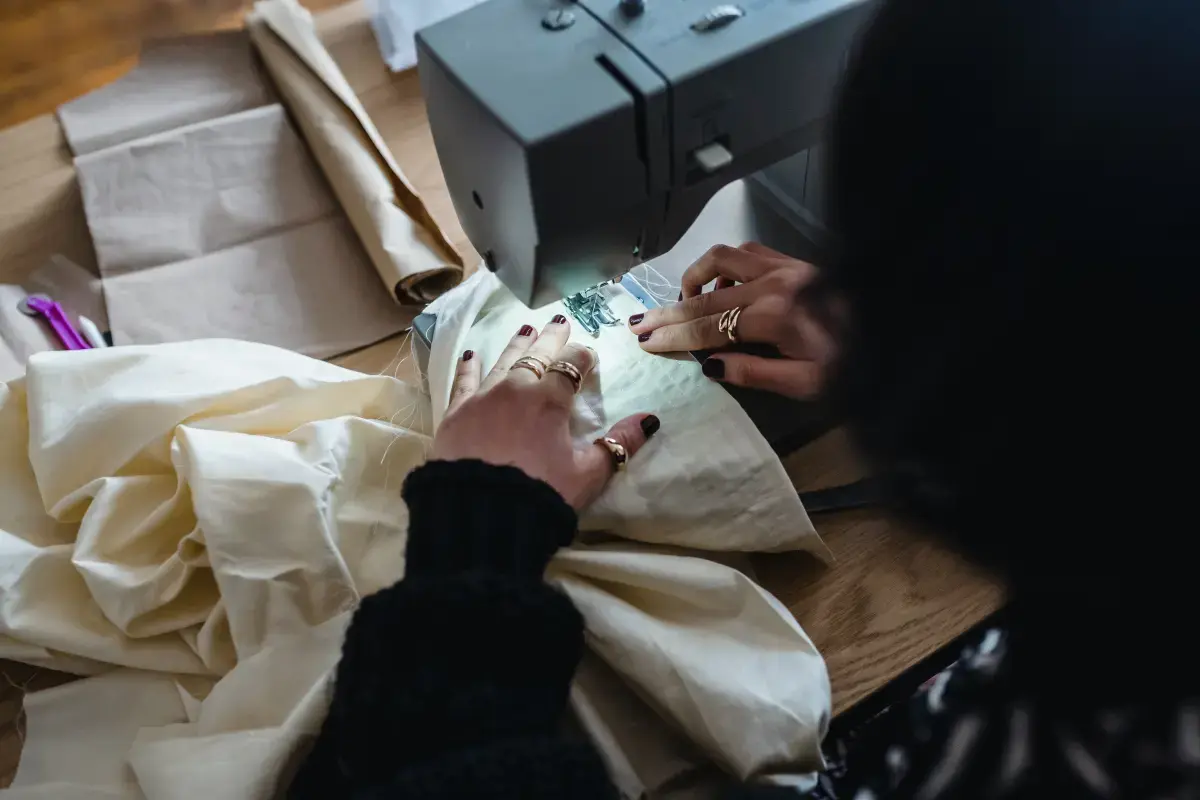
What is the Salary of a Pattern Cutter?
A junior pattern cutter typically earns between £18,000 and £25,000 per year. This salary range is dependent on the experience of the individual and the size of the company they are working for. As a junior pattern cutter gains more experience, their salary can increase to around £30,000 per year. At a mid-level position, a pattern cutter can expect to earn between £35,000 and £45,000 per year. This salary range is based on their level of expertise in creating patterns for garments as well as their ability to work with different fabrics and materials. Senior pattern cutters usually earn between £50,000 and £70,000 per year depending on their level of experience and skill set. Senior pattern cutters are expected to have an extensive knowledge of garment construction techniques as well as an understanding of how different fabrics behave when being cut into patterns. They may also be responsible for overseeing other members of staff or managing projects from start to finish.

What are the Working Conditions for a Pattern Cutter?
Pattern cutters are responsible for creating patterns and templates used in the production of garments. They work closely with designers to create patterns that accurately reflect the design concept. Pattern cutters must have a good understanding of fabrics, garment construction, and sewing techniques. General working conditions for pattern cutters include: • Working in a studio or factory environment with other pattern makers, designers, and sewers • Using specialized tools such as rulers, scissors, pins, chalk lines, tracing wheels and paper to create patterns • Measuring fabric pieces accurately according to the designer’s specifications • Cutting out fabric pieces using scissors or electric cutting machines • Assembling fabric pieces into complete patterns by hand or machine stitching them together • Making adjustments to existing patterns as needed based on customer feedback or changes in design concepts • Keeping accurate records of all pattern measurements and alterations made during the process
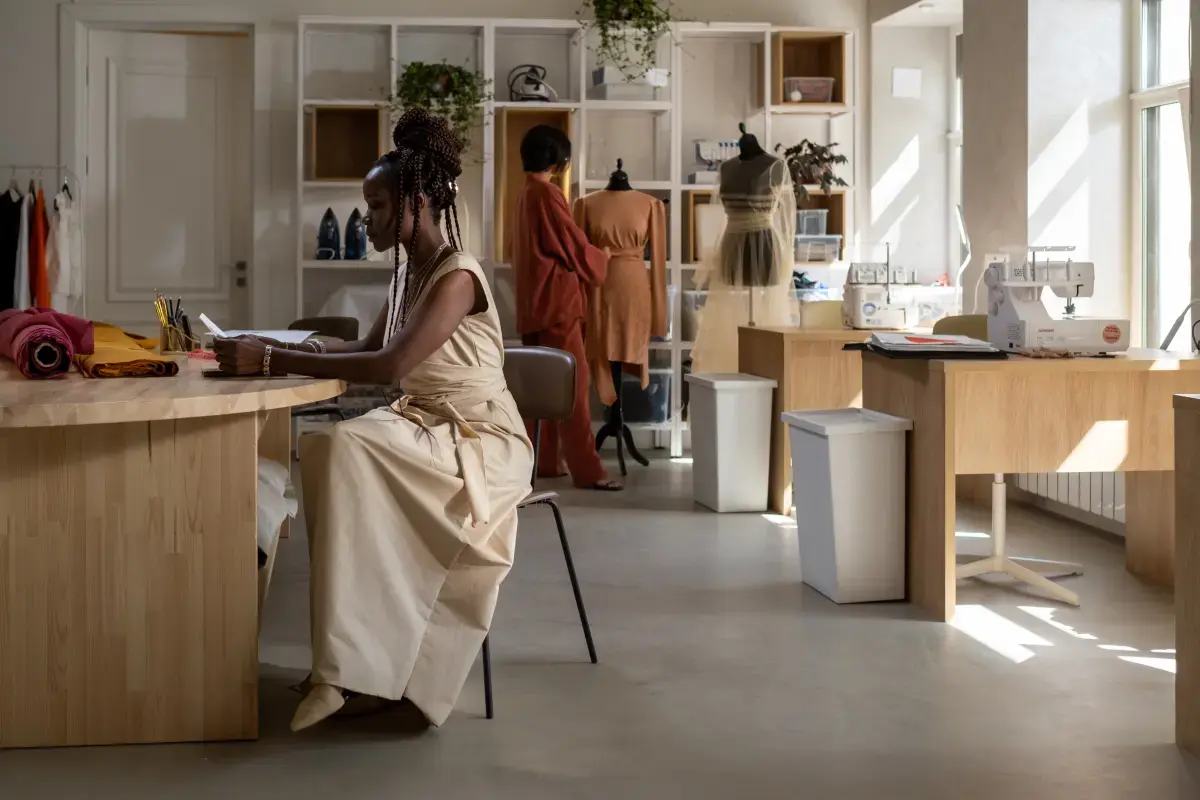
What are the roles and responsibilities of a Pattern Cutter?
Cutting patterns for clothing samples
Measuring and marking fabric for cutting
Drafting new pattern designs
Grading patterns to different sizes
Modifying existing pattern designs
Fitting muslin prototypes on models
Adjusting pattern pieces as needed during fittings
Determining the best layout of pattern pieces on fabric layouts
Selecting appropriate fabrics for garments
Conducting research on current fashion trends
Attending design team meetings to discuss new garment concepts
collaborating with other members of the design team, such as seamstresses and tailors, to ensure successful garment construction
reviewing customer feedback and modifying patterns as necessary to improve fit or style
developing instructions for how a garment should be constructed
maintaining records of all pattern modifications
organizing and storing patterns in a tidy manner
keeping track of inventory levels of patterns
placing orders for new patterns as needed
training new employees in pattern cutting 20 assisting with quality control inspections offinal garments
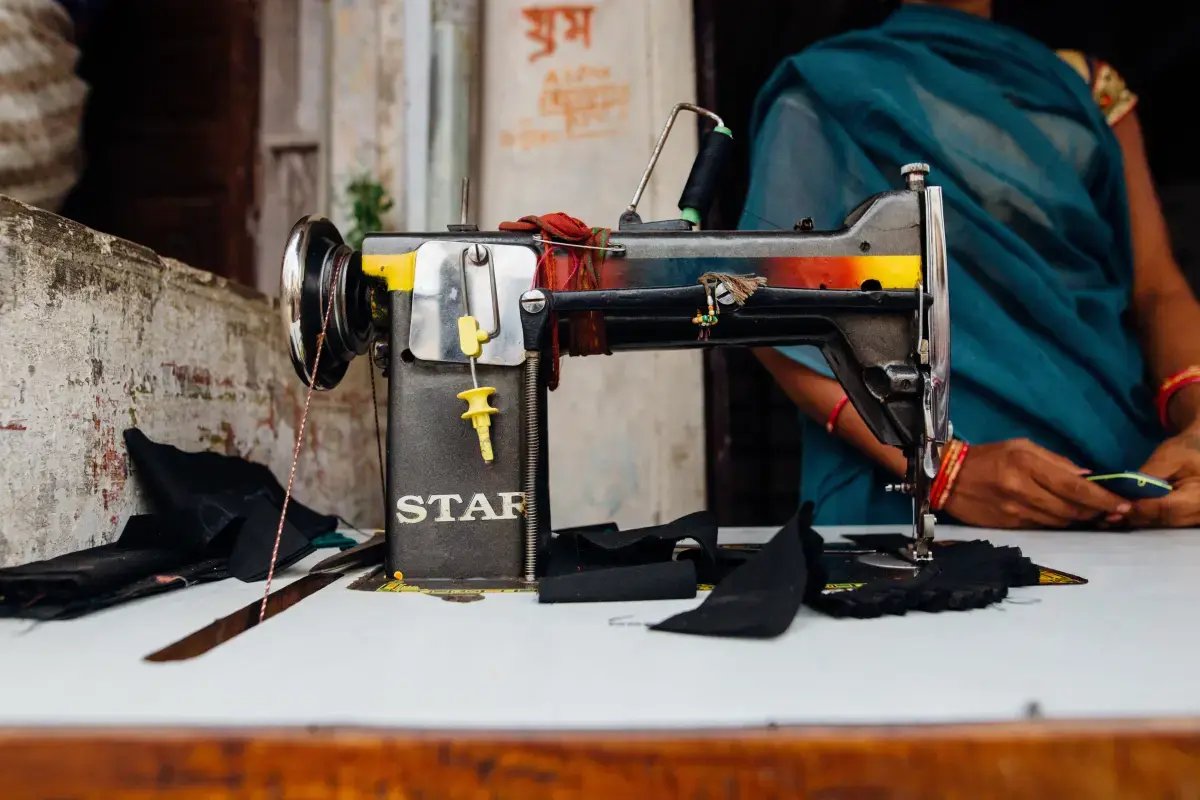
Where can I find Pattern Cutter jobs?
- Create a profile on gigexchange and promote your Pattern Cutter skills to advertise you are Open to New Work Opportunities
- Ensure your Resume (or CV), or online work profile is up to date and represents your skills and experience. Ensure your reputation reflects your ability & attitude.
- Apply for Pattern Cutter Jobs advertised on gigexchange.
- Practise Pattern Cutter interview techniques to ensure you represent your personality and ability succinctly and confidently.
- Accept the job offer if the salary meets your expectations and the employer mission and purpose reflects your core values.
Jobs
What are the best job boards for Pattern Maker jobs?

How can I hire Pattern Cutter staff online for my business?
The best job board for recruiting Pattern Cutter experts is gigexchange.com. Advertise full-time, part-time or contract jobs to find, hire & recruit trusted, experienced and talented Pattern Cutter candidates near you.

Are Pattern Cutter roles in demand in 2025?
Pattern Cutter experts are still in high demand in 2025. If you are an experienced Pattern Cutter or looking to train and become one. The job market is looking strong for Pattern Cutter jobs near me.